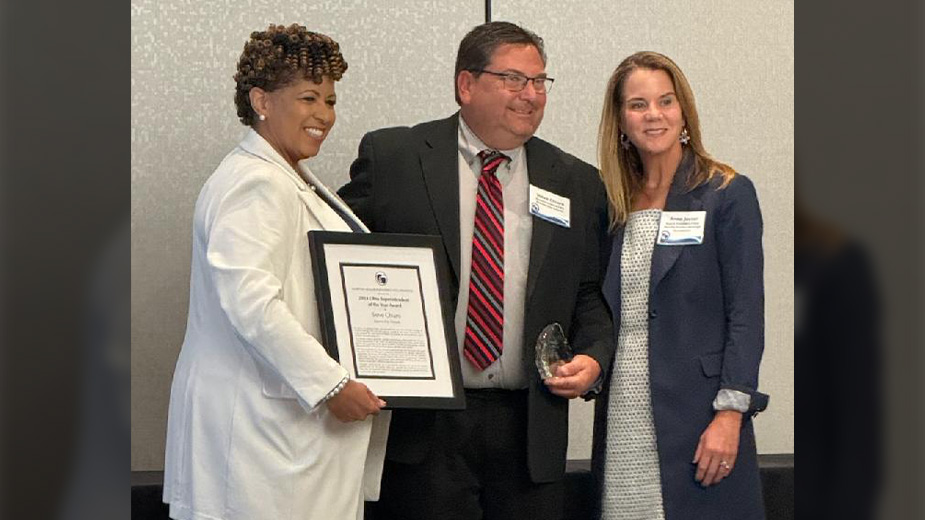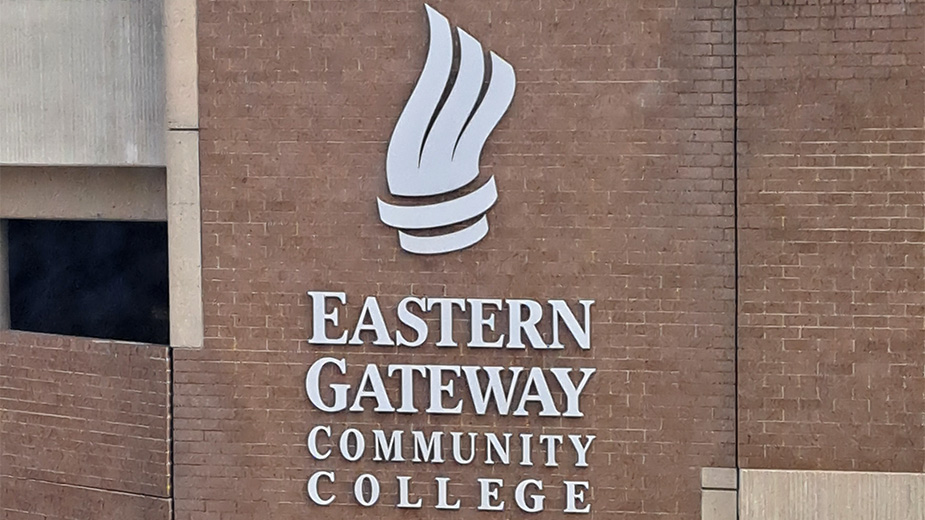Oh-Penn Apprenticeship Programs Reach Early Goals
YOUNGSTOWN, Ohio — Fifty years ago, it wasn’t hard for a company in the Mahoning Valley to find a trained machinist with extensive skills and experience. Nor was much cajoling needed to persuade younger people to pursue a career in the industrial trades.
As such, apprenticeship programs were filled with students eager to learn the intricacies of machining, welding and other crafts that are critical to the region’s manufacturing workforce.
“We had an apprenticeship program set up in the 1960s,” says Jeremy Sewell, vice president of Quality Switch Inc., Newton Falls.
Back then, the company was known as Quality Machine, and young workers had a healthy interest in jumping into the trades because such a plunge all but ensured a good job and good wages in the thriving steel industry.
When the steel industry retrenched during the late 1970s and early 1980s, the talent pool of qualified machinists and other tradesmen diminished, as did the apprenticeship programs.
Today, demand for highly skilled tradesmen is as strong as ever, but small companies such as Quality Switch have had difficulty in finding employees who have the requisite experience or skills needed to replace those close to retirement in the industrial trades.
“We do all our machining in-house, and we’ve had difficulty finding qualified machinists over the years,” Sewell says. “It’s always been a need.”
The solution was to revisit a company-driven apprentice program designed to train younger machinists in jobs that will, in the near future, open up because of retirements, Sewell notes. “We’re not expecting our guys to retire tomorrow, but we like to plan ahead,” he says.
Simultaneously, the Mahoning Valley Manufacturers Coalition, or MVMC, pursued a grant through the U.S. Department of Labor program that would reimburse companies that adopt apprentice programs. “They were helpful in moving this along for us,” Sewell says.
Last year, the Oh-Penn Manufacturing Collaborative succeeded in obtaining a $2.98 million grant that provides incentives for companies in northeastern Ohio and western Pennsylvania interested in starting apprenticeship programs, either through a group-sponsored model or their own efforts.
The initiative expanded from the original five-county region – Mahoning, Trumbull and Columbiana counties in Ohio, and Lawrence and Mercer counties in Pennsylvania – to a 14-county footprint under the Greater Oh-Penn Manufacturing Apprentice Network.
Thus the network added Ashtabula, Geauga and Portage counties in Ohio, and Erie, Crawford, Clarion, Forest, Venango and Warren counties in Pennsylvania.
Sewell’s company manufactures switches for electrical power transformers, and much of the component machining is performed at Quality Switch’s in-house machine shop. That made it necessary to tweak MVMC’s program and tailor it to the needs of the company.
“We decided to set up our own program, which made it more flexible,” Sewell says.
Three employees are enrolled in Quality Switch’s four-year machining program, he reports. The costs for the education portion alone are significant: Each student is required to complete 8,000 hours of classroom work, and on average it costs about $10,000 per apprentice. Through the MVMC’s Apprenticeship Network, Quality Switch is reimbursed $6,000 per apprentice recruited the first year.
“We just started classes in the beginning of September,” Sewell says.
As apprentices move through the program, they receive valuable on-the-job training. “This helps incentivize us,” Sewell says, “and there’s no cost to the apprentices.”
Developing a comprehensive apprenticeship program to serve industry in Ohio and Pennsylvania is a major component of MVMC’s mission, says Jessica Borza, its executive director.
“Apprenticeships have become the highest priority,” she says. “In Ohio, we’ve got about 15 companies, which will equate to 25 apprenticeships during the first year. There’s about the same level of interest in Pennsylvania.”
The MVMC – a consortium of 100 or so manufacturers, training centers and educators – was formed five years ago to address the needs and requirements of industry in the region.
The Department of Labor grant covers apprenticeships over five years, Borza says. Those companies that secure apprentice programs the first year are reimbursed $6,000 per individual. After that first year, the awards decrease by $1,000 each year over the remaining four years, she says.
“We’re very encouraged by the amount of interest and think that we’re just scratching the surface,” Borza says.
Still, many employers express a degree of uncertainty about apprenticeship programs. Some are concerned about the expense while others hesitate to shell out money to train an apprentice only to see that skilled employee move to another company.
This program helps alleviate some of those concerns, Borza says.
“We’re excited to get the first apprentices started,” she says. “Then, we’ll turn our attention to expand our reach – there’s a lot of untapped potential.”
The Oh-Penn Collaborative is also pursuing a group-sponsored machinist apprentice program that encompasses 14 counties, says Eric Karmecy, project manager at West Central Job Partnership in New Castle, Pa.
“We’ve received commitments from 10 manufacturers from both states,” he says. From an administrative perspective, the effort has elicited various levels of interest from 21 manufacturers.
The group model consists of common standards and curriculum designed to help companies educate the next generation of machinists, Karmecy says. “The hardest thing during the first year was adopting the process and protocols, establishing templates, establishing communications with the federal government, and to make sure we understood the paperwork and requirements so we can articulate that to clients,” he says. “We knew there was a learning curve.”
The goal was to get 25 apprentices signed up in the first year, Karmecy says, a target the organization has hit. “We’re looking at 50 in year two and 75 for the next three years,” he says.
Copyright 2024 The Business Journal, Youngstown, Ohio.



